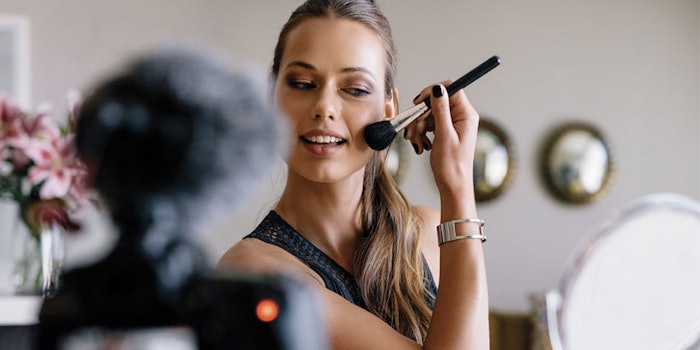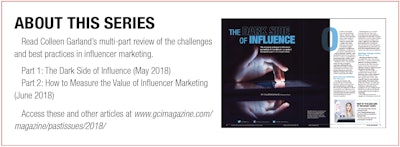
For every action, there is an equal and opposite reaction. We’re here to talk marketing, not physics, but Newton’s third law has never before applied so directly to the phenomenon happening across social and influencer marketing.
Many marketers have been directly affected by the declining reach on organic social media. The idea of content going “viral” is almost a thing of the past; in fact, the idea of your content being shown to most of your own followers is a thing of the past. Even with a large following, you are only getting a small percentage of those eyes on your post.
Big social platforms like Facebook and Instagram are working hard to address issues like spam and fraud to bring them back to a more community feel, which is why they were originally created. Why is this such an issue in the industry right now? Even as social platforms change their algorithms to fight spam, spam is increasing.
How did we get here?
Why Social Media is Fighting Spam
Social media companies have a responsibility to fight spam on their platforms, and to ensure they are a safe place for people to engage with and consume content. As a result, these platforms are significantly changing their algorithms to support community, which are your friends and family, or “pay to play” impressions, meaning paid ads and boosted posts. They are also making significant changes to fight the large amount of spam and clickbait content on social media.
There’s a more explicitly financial consideration at work as well. The way these free social sharing platforms make money is through advertising. Brands spend millions every year advertising on these social platforms, and that’s how these platforms can remain free for users. They also do not make any money from the influencer partnerships that thrive almost solely on their platforms. Each year, brands throw thousands of dollars of marketing budget at these influence partnerships, and the social platforms are not making any percentage on those deals. Is it fair that the hosted platform makes nothing from this form of advertising?
Anti-spamming’s Collateral Damage: Brands & Influencers
As these platforms rewrite rules, the distinctions between spam and regular, safe content have become less clear. As a result, influencers and marketers are struggling to get eyes on even the best content. For example: you post a video about traditional American holidays and ask your followers to share their favorite holiday and why in the comments of a video. A video like that is not spam, but you may see a decline in reach because of the request for comments in the caption.
Now think about it through the lens of influencer marketing. For many years now, influencer marketing has been an important tactic for brands. It’s an authentic way to get someone, other than the brand, to talk about the brand and its products. If an influencer can’t get eyes on the content they share about the brands they work with, it eliminates their ability to perform their job.
The Rise of Fake Influence
Brands have responded to the decline in unpaid, word-of-mouth social reach by putting advertising spend behind influencer content to push it through the influencer channels, rather than the direct brand social profiles. The move is a win for social platforms, which make money from the thousands of influencer partnerships taking place on their platforms.
Unfortunately, influencers must charge less upfront, since the brand now must put additional ad spend behind the content to get eyes on it. From their perspective, is it fair that an influencer should have to pay to get eyes on their content when they worked so hard to accumulate a dedicated following—especially when not all their content is sponsored?
For many, being an influencer is their livelihood and, in the fight against spam, they are a casualty. These factors and the ones described above have led to the rise of “fake” influencers who buy followers or engagement to create the appearance that they still have an engaged following, despite declining social reach.
This fake influence is creating a huge sense of resentment in the influencer community between those with real followings and those who have bought their followers and/or engagement. True influencers are supposed to be regular—“real”—people and users of the platform. Is it fair that, because they have a lot of “friends” on social media, their reach is declining?
How Marketers May Respond
The key for brands is to find synergy between the paid content, non-paid social content and influencer content. I predict commission-based influencer marketing rates to become a bigger part of marketing in the near future. Influencers will charge a flat fee for the creation of the content, but distribution of the content with require ad spend by the brands. Influencers will gain visibility from the brand’s ad spend and make a small commission per conversion from their post.
Newton’s third law explains that every action has an equal and opposite reaction. The good the social platforms do to fight spam may be adding to the problem of fake followers. There may be no right answer right now, but social platforms will have to carefully weigh the consequences and benefits of each action they take.
_______________________________________
Colleen Garland is the digital media manager at Madison Reed. She is based in San Francisco.












